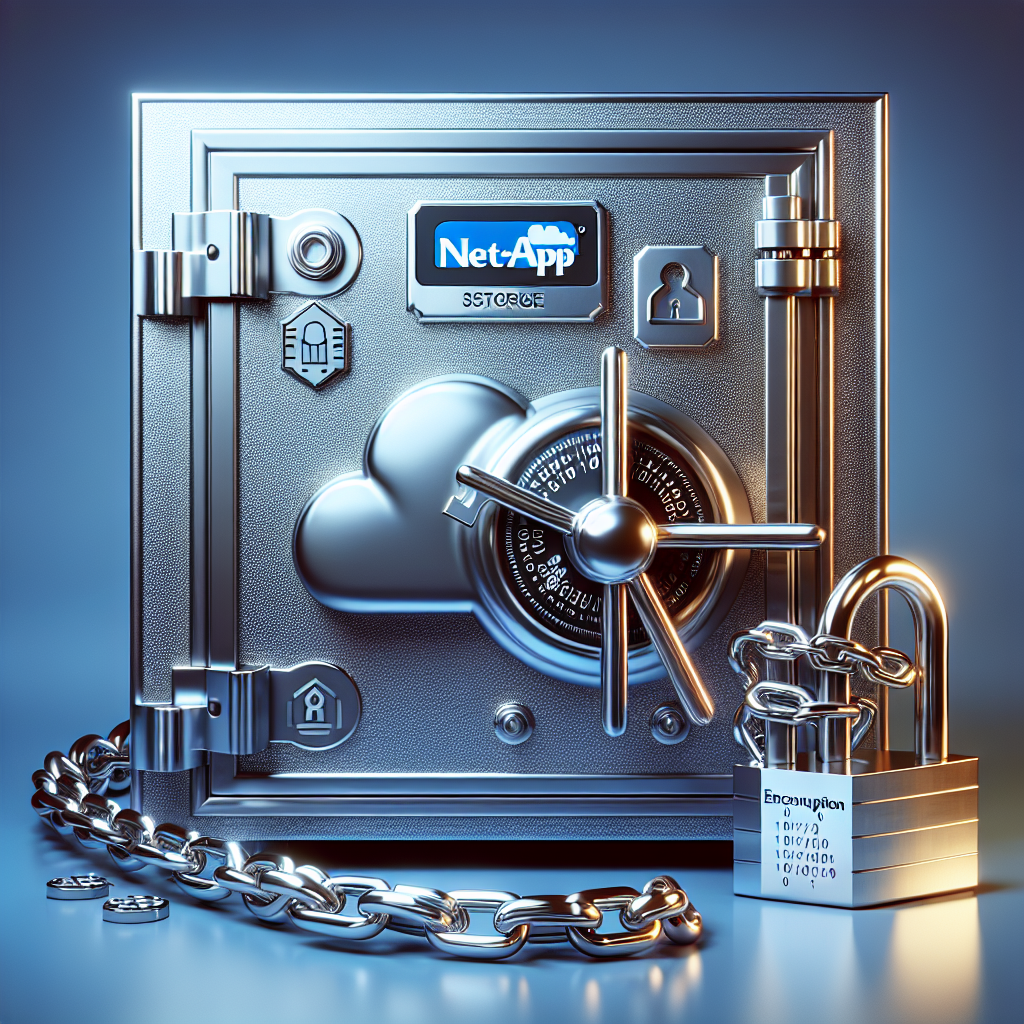Your cart is currently empty!
NetApp Storage Best Practices for Data Protection and Security

NetApp storage is a popular choice for businesses looking to protect and secure their data. With its advanced features and capabilities, NetApp storage offers a range of best practices for data protection and security. By following these best practices, businesses can ensure that their data is safe and secure, even in the face of potential threats.
One of the key best practices for data protection and security with NetApp storage is to regularly back up your data. This means creating copies of your data and storing them in a separate location from your primary storage. By having backups of your data, you can quickly recover in the event of data loss due to hardware failure, human error, or cyber-attacks.
Another important best practice is to implement data encryption. NetApp storage offers encryption capabilities that protect your data from unauthorized access. By encrypting your data, you can ensure that even if your data is compromised, it will be unreadable to anyone without the proper encryption key.
Additionally, businesses should regularly monitor and audit their storage systems for any unusual activity. By monitoring your storage systems, you can quickly identify any potential security threats and take action to mitigate them. Regular audits can also help ensure that your data protection measures are up to date and effective.
Another best practice for data protection and security with NetApp storage is to implement access controls. By limiting access to sensitive data to only authorized users, businesses can reduce the risk of data breaches and unauthorized access. NetApp storage offers robust access control features that allow businesses to define and enforce access policies based on user roles and permissions.
Finally, businesses should also consider implementing data loss prevention (DLP) measures with NetApp storage. DLP technologies can help businesses identify and prevent the unauthorized transfer or leakage of sensitive data. By implementing DLP measures, businesses can ensure that their data remains secure and protected from potential threats.
In conclusion, NetApp storage offers a range of best practices for data protection and security. By following these best practices, businesses can ensure that their data is safe and secure, even in the face of potential threats. From regular backups and data encryption to access controls and DLP measures, businesses can leverage the advanced features of NetApp storage to protect their data and safeguard their business operations.

Leave a Reply